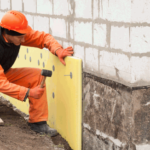Ever wondered if baking powder can be used for more than just making fluffy pancakes? Well, you’re in luck because, in this article, we’ll explore the different ways you can clean your home using baking powder. Say goodbye to harsh chemicals and hello to a more eco-friendly and budget-friendly alternative.
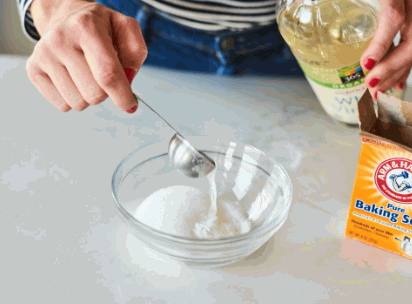
What Is Baking Powder?
Baking powder is a leavening agent commonly used in baking to help the dough rise. It is made up of an alkali, an acid, and a moisture absorber. When combined with wet ingredients, it creates carbon dioxide gas, which causes the mixture to expand and increase in volume. This reaction happens quickly, making it perfect for recipes that do not require a lot of mixing or rising time.
To get the best results from baking powder, store it in a cool and dry place and use it before the expiration date. If you need to substitute baking powder, you can use a mixture of cream of tartar and baking soda in equal parts.
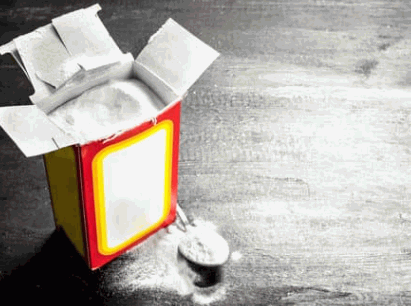
How Does Baking Powder Work?
- Baking powder is a leavening agent that helps baked goods rise.
- When combined with liquid and exposed to heat, baking powder triggers the release of carbon dioxide gas, which causes the dough or batter to expand.
- This expansion creates a lighter, fluffier texture in cakes, muffins, and quick breads.
Pro-tip: For optimal leavening, always use fresh baking powder and be careful not to overmix the batter to maintain the release of gas.
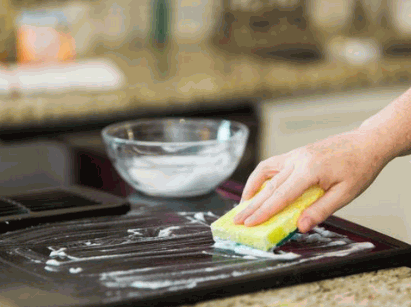
What Are The Different Types Of Baking Powder?
Baking powder is a staple ingredient in many baking recipes, but did you know that there are actually different types of baking powder? In this section, we will explore the two main types: single-acting and double-acting baking powder. Each type has its own unique properties and uses, and by understanding the differences between them, you can elevate your baking skills to the next level. So let’s dive into the world of baking powder and discover which type is best for your baking needs.
1. Single-Acting Baking Powder
- Single-acting baking powder releases carbon dioxide gas as soon as it is combined with wet ingredients.
- For best results in baking, use it immediately after mixing.
- This type of baking powder is ideal for recipes that call for immediate leavening, such as pancakes or quick breads.
Suggestions: When using single-acting baking powder, make sure to preheat the oven and bake the batter promptly to achieve optimal rising during baking.
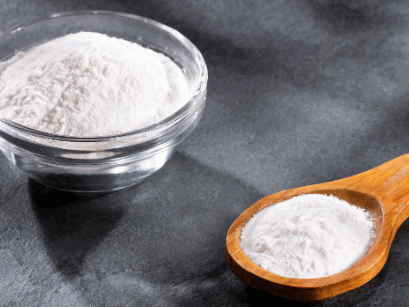
2. Double-Acting Baking Powder
- Double-acting baking powder releases a small amount of carbon dioxide when combined with wet ingredients.
- The second leavening occurs when exposed to heat, making it ideal for recipes that require a longer time to cook, like cakes or pastries.
- It provides a reliable and consistent rise, ensuring the texture and volume of the baked goods.
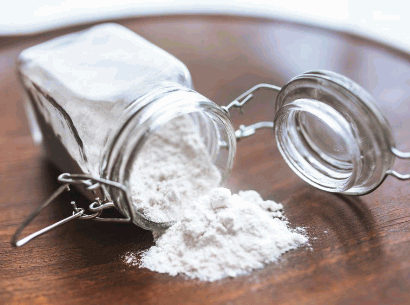
Can Baking Powder Be Used For Cleaning?
Yes, baking powder can be used for cleaning various household items, such as removing stains from mugs and containers, freshening carpets, and scrubbing countertops. Its abrasive nature makes it effective for gentle scrubbing without scratching surfaces.
Pro-tip: Create a paste by mixing baking powder with water and use it to clean stainless steel sinks for a shiny, polished look.
Explore: Best Way To Clean Laminate Floors
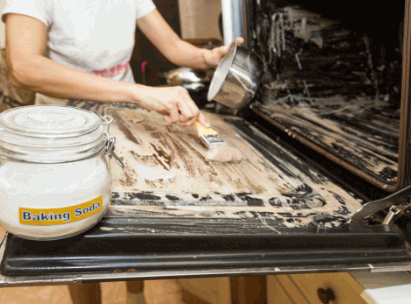
What Are The Benefits Of Using Baking Powder For Cleaning?
Using baking powder for cleaning offers numerous benefits. Its abrasive properties make it an effective scrubbing agent without causing any damage. Additionally, baking powder is a great deodorizer for carpets, upholstery, and refrigerators as it neutralizes odors.
Pro-tip: Create a paste by mixing baking powder with water for cleaning surfaces, or sprinkle it on carpets before vacuuming to eliminate any unwanted smells.
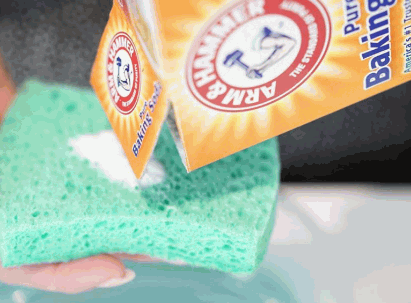
What Are The Different Ways To Use Baking Powder For Cleaning?
Discover the various ways to use baking powder for cleaning:
- Surface cleaner: Create a paste by mixing it with water and use it to scrub surfaces.
- Refrigerator deodorizer: Absorb odors by placing an open container of baking powder inside.
- Fruit and vegetable cleaner: Give your produce a thorough rinse with water and a sprinkle of baking powder.
- Carpet cleaner: Sprinkle baking powder on carpets, leave for 15 minutes, then vacuum for a fresh and clean result.
Are There Any Risks Of Using Baking Powder For Cleaning?
While baking powder is a common household ingredient for baking and cooking, it has also gained popularity as a cleaning agent. However, before using it as a cleaning solution, it is important to consider any potential risks. In this section, we will discuss the possible risks of using baking powder for cleaning, including skin irritation and potential harm if ingested. By understanding these risks, we can use baking powder safely and effectively for cleaning purposes.
1. Can Cause Skin Irritation
- Direct contact with baking powder can potentially cause skin irritation, especially for those with sensitive skin.
- Excessive exposure to baking powder may result in skin redness, itching, or a rash.
- If skin irritation occurs, it is recommended to wash the affected area with mild soap and water.
In 1856, chemist Eben Norton Horsford invented baking powder as a leavening agent for baking.
2. Can Be Harmful If Ingested
- Immediate action: If ingested, seek immediate medical attention.
- Avoid inducing vomiting unless instructed by medical professionals.
- Do not consume baking powder directly as it can cause stomach discomfort and potential health risks.
Did you know? Ingesting large amounts of baking powder can be harmful and lead to serious health issues due to its high sodium bicarbonate content.
Can Baking Powder Be Used As A Substitute For Other Cleaning Products?
Baking powder is a staple ingredient in many kitchens, but did you know it can also be used for cleaning? In this section, we will explore the versatility of baking powder as a substitute for other cleaning products. We’ll compare baking powder to baking soda, vinegar, and all-purpose cleaner, and discover which tasks it can handle just as well (or even better) than these traditional cleaning agents. Get ready to revolutionize your cleaning routine with this simple kitchen ingredient.
1. Baking Powder Vs. Baking Soda
- Composition: Baking powder contains baking soda, cream of tartar, and a moisture-absorbing agent, while baking soda is pure sodium bicarbonate.
- Activation: Baking powder is a complete leavening agent, activated by liquid and heat, whereas baking soda requires an acidic ingredient to activate.
- Applications: Baking powder is suitable for recipes without acidic ingredients, like cookies and cakes, while baking soda is ideal for recipes like buttermilk biscuits and quick bread.
2. Baking Powder Vs. Vinegar
- Baking powder and vinegar are two household ingredients with versatile cleaning properties that are often compared.
- While baking powder is more abrasive and effective for scrubbing surfaces, vinegar is acidic and suitable for dissolving mineral deposits.
- However, when combined, they create a powerful cleaning solution that can easily tackle tough stains and grime.
- For a natural and chemical-free clean, use baking powder and vinegar together to clean sinks, tiles, and kitchen appliances.
Fact: The combination of baking powder and vinegar produces a foaming reaction, making it particularly useful for unclogging drains and removing stubborn residues.
3. Baking Powder Vs. All-Purpose Cleaner
- Baking powder is primarily used for leavening baked goods, while an all-purpose cleaner is used for household cleaning tasks.
- Baking powder is a combination of acid, base, and filler, whereas all-purpose cleaner often contains surfactants, solvents, and other cleaning agents.
- Baking powder is not suitable for cleaning, as its components are not designed for this purpose, unlike all-purpose cleaners.
Pro-tip: Always use the appropriate cleaning product for the task at hand to achieve optimal results and avoid any potential damage.

